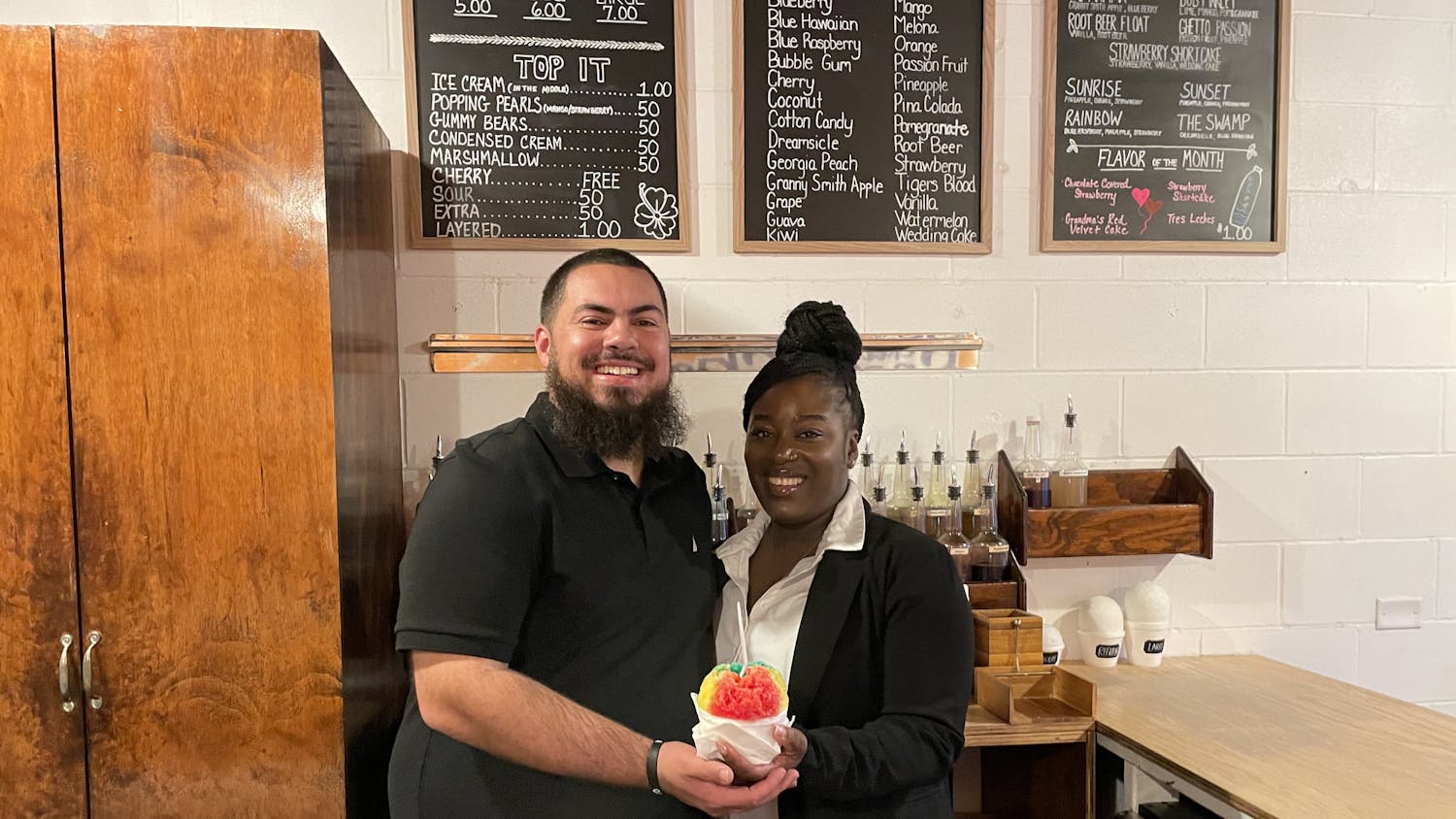Fifty years ago, George H. Starke Jr. made headlines when he came to campus. At 27 years old, Starke entered UF's law school and made the news because he was the first black student ever enrolled at UF.
This year marks the 50th anniversary of integration at UF, the year when Starke, the son of a black doctor in Sanford, was admitted into UF's formerly whites-only College of Law.
UF will commemorate the event with a yearlong series of events starting this month, called "Celebrating the Firsts."
"We are celebrating the people who took the first steps in making it happen at the University of Florida," said Florida Bridgewater-Alford, UF's director of community relations.
Met with little protest
UF's announcement that a black student had passed the law school's admission examination in August 1958 was shrouded in mystery, as officials would not name the student because of university policy, said UF historian Carl Van Ness.
On the first day of fall classes, Sept. 15, 1958, Starke's presence was met with little protest from white students and officials.
Van Ness said the reaction was unexpected on a campus where dressing up as Confederate soldiers for "plantation balls" was the norm for one fraternity.
"It's really surprising how quickly whites changed their attitudes," he said. "Florida has always been a little different from most Southern states."
Starke, who was described as mild-mannered in the Sept.19, 1958, edition of the Alligator, reported that students had been friendly to him. Despite his history-making enrollment, Starke left UF after one year, according to the law school's Web site.
Bridgewater-Alford said being the only black student on a campus of white students probably pressured Starke into leaving, but it doesn't lessen the impact of his legacy.
"His decision has brought us here," she said.
'A watershed moment'
Black students were not always given warm welcomes by UF students and administrators, especially during the 1970s, a time when unrest brought on by Vietnam War protests, the civil rights movement and the counterculture revolution was common on campus.
While it was the first university in the state to begin integrating, Van Ness said UF dragged its feet bringing black students to Gainesville.
Six black students were admitted as UF undergraduates in 1962, according to Alligator archives. In the fall of 1970, there were between 300 and 400 students on campus, Van Ness said.
The most infamous racial clash between black students and UF administrators came on April 15, 1971, forever remembered as "Black Thursday."
Sixty-six students from UF's Black Student Union and six nonstudents were arrested following an unannounced sit-in in the president's office. The group presented six demands to UF, including creating a black cultural center. Then-president Stephen C. O'Connell, a "stickler for rules," refused to grant the students amnesty, which drew national media attention to UF, Van Ness said. About one-third of UF's black students withdrew shortly thereafter, according to UF's Web site.
"That was a watershed event in the university's history," he said.
Home away from home Two years after the national media storm of "Black Thursday," black-student enrollment reached more than 1,000, according to UF statistics. Black cultural, musical and Greek organizations began to flourish.
Less than a year after the nonviolent protest, UF President O'Connell endorsed UF's Institute of Black Culture on Feb. 11, 1972, Van Ness said.
Anthony Crenshaw, current director of the institute, said the institute provides a home away from home for black students and functions as a place of entertainment and education.
The Black Student Union was recognized as a UF organization in 1970 and is now the largest black-student organization on campus, said Betty Stewart-Fullwood, faculty adviser to the Black Student Union.
But with all of UF's programs for minority students, Crenshaw and Stewart-Fullwood agreed that UF could be doing more, particularly in terms of interaction between faculty and black students.
"There are still places on campus where students on campus are invisible," Crenshaw said.
50 years later
As UF celebrates its golden anniversary of integration, students and faculty said the university has made strides in welcoming multicultural students but admit there is still work to be done.
Crenshaw said there is a "false assumption" that black students are at UF because of affirmative action.
Affirmative action was a program that created minority quotas in schools and workplaces. It was eliminated from Florida in 1999.
Petra Dix, a black UF English senior, said UF is still a predominantly white school, and she doesn't see its image changing anytime soon.
Still, Dix said improvement is inevitable.
"Admit your faults, but also admit that you are doing something to actively change that," she said. "It takes years to change a campus completely."





